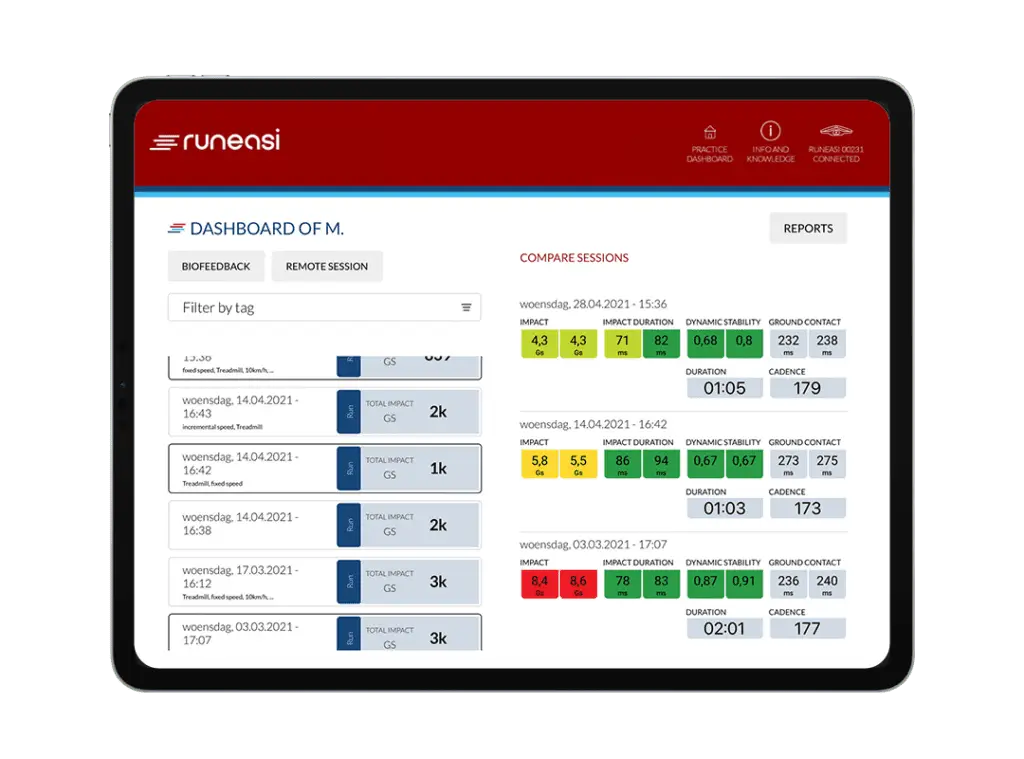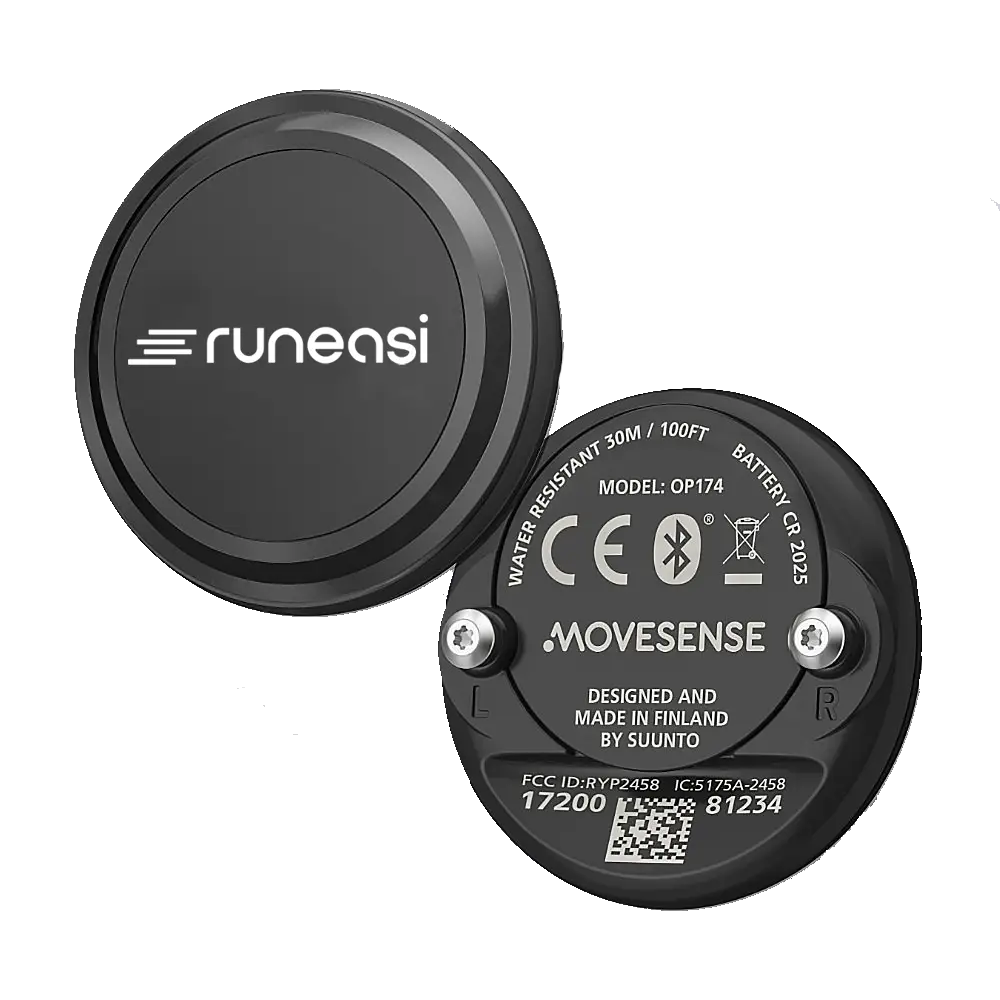Guest article: Evidence-Based Vs Individual-Based Clinician–By Jay Dicharry

The Evidence-Based Clinician versus the Individual-Based Clinician By Jay Dicharry, MPT, SCS 1. Introduction We hear time and time again: Are you an evidence-based clinician?You know what? Your patients don’t care.There’s a patient in front of you in your treatment room right now. She is incredibly frustrated – and possibly even a bit scared – […]
Flight Ratio: A Key Metric for Analyzing Running Technique

Flight Ratio: A Key Metric for Analyzing Running Technique Running technique is a fundamental aspect of the sport, and each runner exhibits a unique style when they hit the track or road. One crucial biomechanical parameter that can help differentiate various running techniques is the Flight Ratio. In this blog post, we’ll explore what Flight […]
Maximize transfer of dynamic stability training for running – Part 3

Maximize transfer of dynamic stability training for running Part 3: Framework to improve dynamic stability training transfer In part 2 we provided isolated and static exercises to improve the strength capacity of the stabilizing muscles, but these should not be the endpoint of your training program. While they can make your body stronger, they don’t […]
Maximize transfer of dynamic stability training for running – Part 2

/*! elementor – v3.22.0 – 10-04-2024 */ .elementor-heading-title{padding:0;margin:0;line-height:1}.elementor-widget-heading .elementor-heading-title[class*=elementor-size-]>a{color:inherit;font-size:inherit;line-height:inherit}.elementor-widget-heading .elementor-heading-title.elementor-size-small{font-size:15px}.elementor-widget-heading .elementor-heading-title.elementor-size-medium{font-size:19px}.elementor-widget-heading .elementor-heading-title.elementor-size-large{font-size:29px}.elementor-widget-heading .elementor-heading-title.elementor-size-xl{font-size:39px}.elementor-widget-heading .elementor-heading-title.elementor-size-xxl{font-size:59px} Maximize transfer of dynamic stability training for running Part 2: Framework to improve dynamic stability training transfer In the first part, we explained the most important determining factors that influence dynamic stability in running. But how can we now improve it? […]
Maximize transfer of dynamic stability training for running – Part 1

/*! elementor – v3.22.0 – 10-04-2024 */ .elementor-heading-title{padding:0;margin:0;line-height:1}.elementor-widget-heading .elementor-heading-title[class*=elementor-size-]>a{color:inherit;font-size:inherit;line-height:inherit}.elementor-widget-heading .elementor-heading-title.elementor-size-small{font-size:15px}.elementor-widget-heading .elementor-heading-title.elementor-size-medium{font-size:19px}.elementor-widget-heading .elementor-heading-title.elementor-size-large{font-size:29px}.elementor-widget-heading .elementor-heading-title.elementor-size-xl{font-size:39px}.elementor-widget-heading .elementor-heading-title.elementor-size-xxl{font-size:59px} Maximize transfer of dynamic stability training for running Part 1: The determining factors for dynamic stability in running Over the past two decades, there has been a growing interest in core training to improve pelvic stability. However, it’s not a straightforward […]
What makes the elite runners elite? (Part 1)

What makes elite runners elite? (Part 1) © Photo News Do you ever wonder what makes elite runners like Usain Bolt and Eliud Kipchoge so extraordinary? Sure, their physiological qualities play a major role, but it’s also their effortless, smooth-running technique that allows them to break records and achieve historic world performances. In this post, […]







